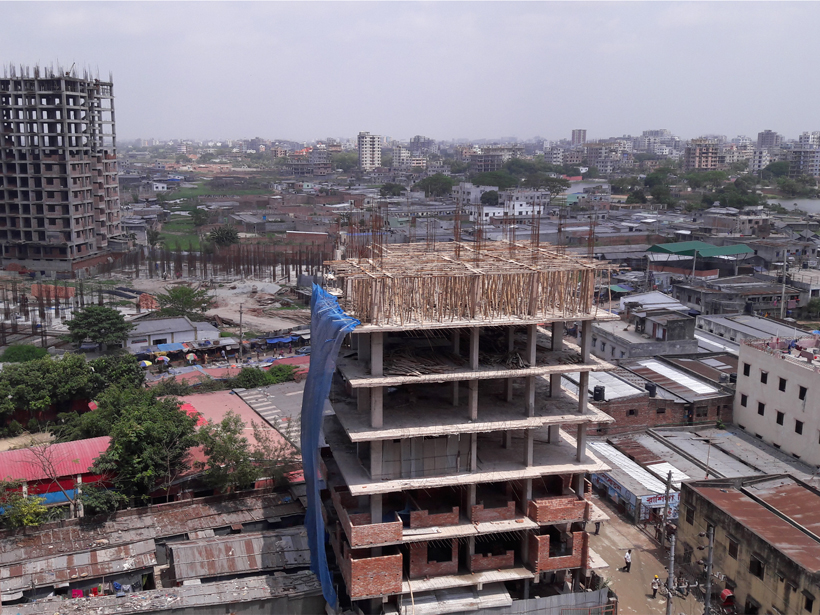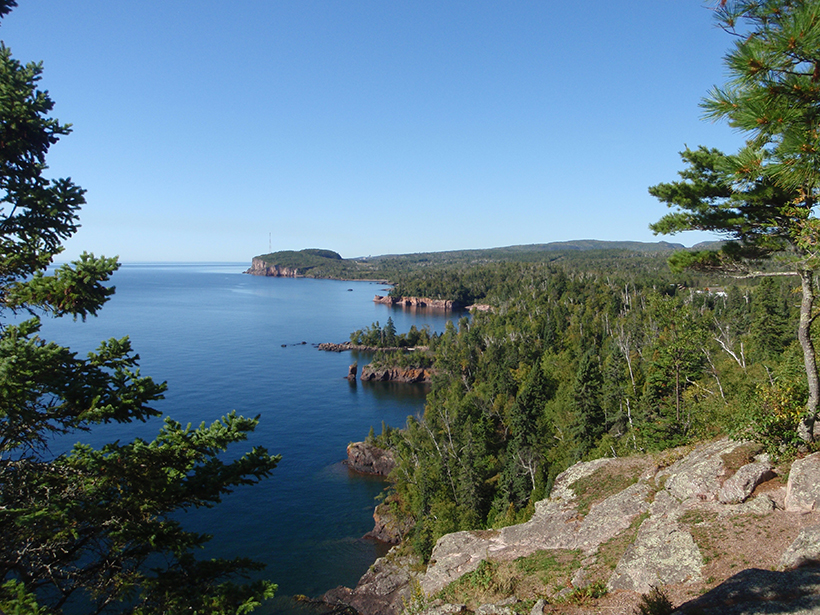We can better understand the risks of natural hazards and develop more effective mitigation strategies when geoscience and social science perspectives are combined.
S. Stein
Posted inFeatures
The Wicked Problem of Earthquake Hazard in Developing Countries
Earthquake preparation in Bangladesh is a conundrum, where crucial information is missing and investments often involve painful trade-offs.
Posted inFeatures
New Insights into North America’s Midcontinent Rift
The Midcontinent Rift has characteristics of a large igneous province, causing geologists to rethink some long-standing assumptions about how this giant feature formed.
Posted inScience Updates
Exploring Natural Hazard Policies with Bike Helmets and Bus Fares
A close look at everyday decisions—whether or not to wear a bike helmet or cheat on bus fare—helps students learn about assessing natural hazards, mitigating risks, and setting political priorities.




